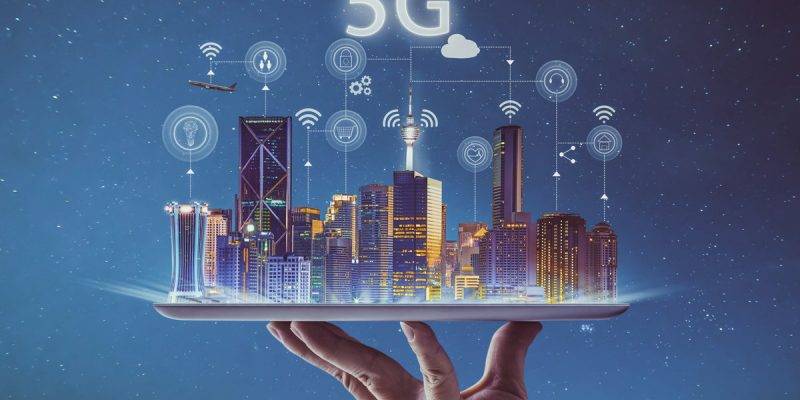The deployment of 5G networks and technology is expected to have a significant impact on a variety of industries. It is a new global wireless standard after 1G, 2G, 3G, and 4G networks. 5G enables a new kind of network designed to connect virtually everyone and everything possible.
5G technology promises faster speeds and greater capacity, to enable a wide range of new applications and services. Its adoption is expected to drive economic growth and bring significant changes across a range of industries.
Here is our selection of the top industries that will be impacted heavily by 5G.
Industries That Will Be Most Impacted by 5G
Transport
The implementation of 5G technology offers numerous possibilities for advancements in the transportation industry. In terms of traffic control, 5G can provide a host of useful information to drivers faster than before. This includes alerts about traffic jams, recommendations for alternate routes, and real-time traffic monitoring.
Additionally, the development of autonomous vehicles requires high-speed connectivity to function at their best. The sensors on self-driving cars must be able to transmit and receive data almost instantly. 5G has the potential to reduce latency to an almost imperceptible level – faster than the blink of an eye.
Health Care
This is the most high-risk, yet set to benefit greatly from 5G as well. 5G technology has the potential to revolutionize the healthcare industry by improving patient care and increasing access to healthcare services. The networks can enable telemedicine, allowing doctors to track vital signs and provide care from a distance.
Wearable devices that use 5G can provide real-time health tracking and alert healthcare providers to any issues. The use of augmented reality in healthcare would be possible, doctors visualizing and interacting with 3D models of the human body during surgeries and other procedures.
Education
The adoption of 5G technology can significantly change the education sector by improving access to education and enhancing the learning experience.
With 5G, distance learning becomes possible, and virtual and augmented reality can be utilized in education, allowing students to attend virtual classes and participate in immersive learning experiences. The high speeds and low latency of 5G networks can also enable collaborative learning and improve the performance of online educational resources
Content creation/Entertainment
5G networks can significantly impact the creation of content. Higher quality video, virtual and augmented reality experiences and real-time collaboration among content creators will all be possible due to the increased bandwidth and low latency of 5G.
Additionally, the high speeds and low latency of 5G networks will improve the quality and stability of live streaming. As a result, the adoption of 5G is expected to lead to the development of new and innovative forms of content and make it easier for content creators to share their work.






Comments